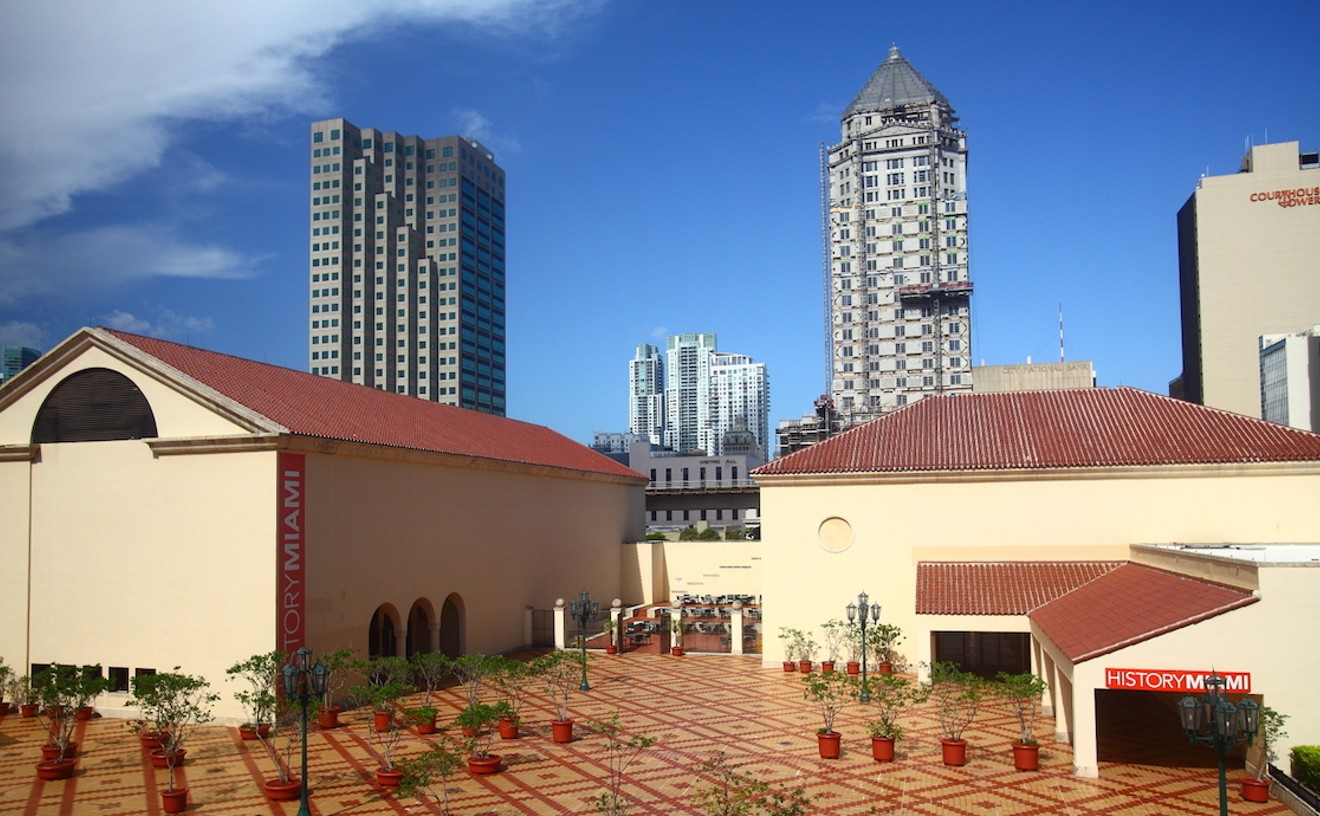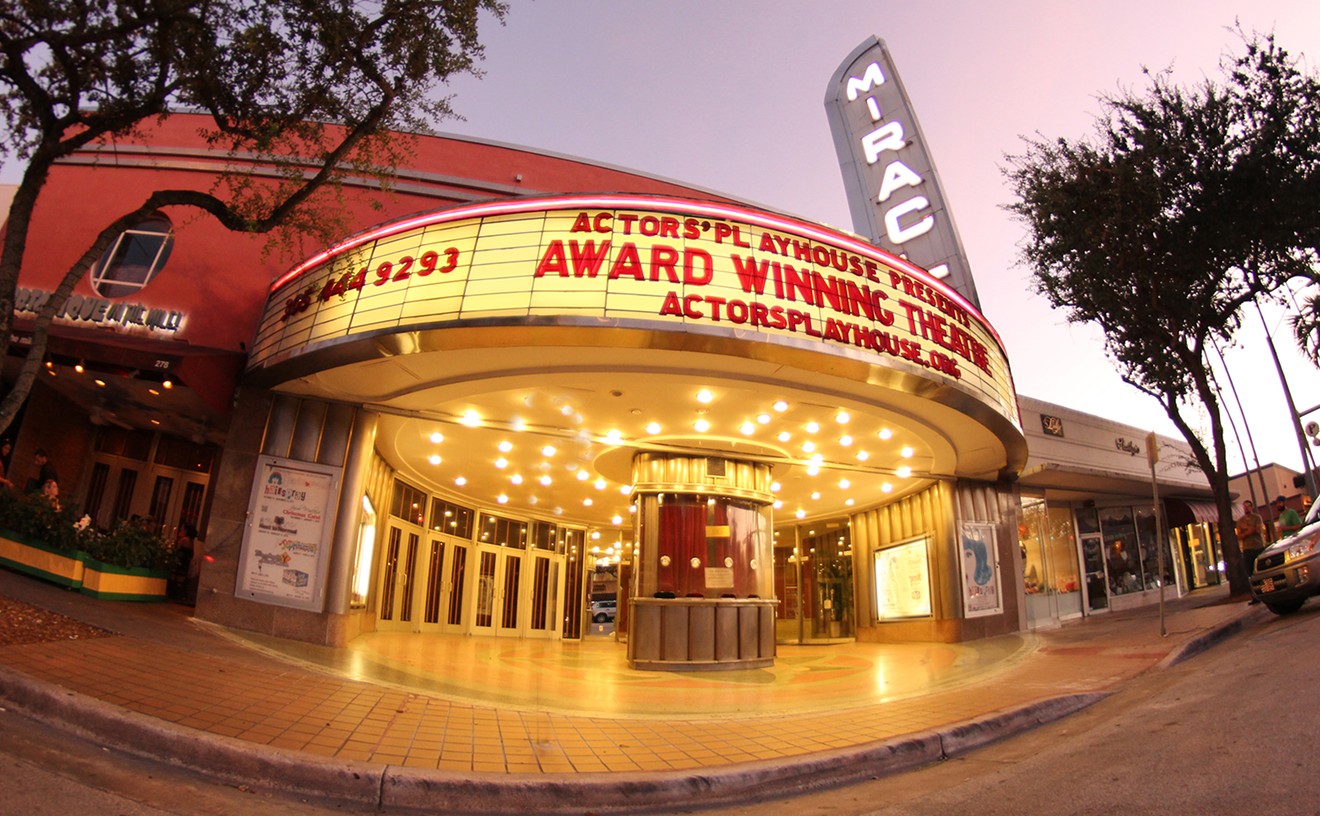Finding a public restroom that isn't nauseous is a challenge. If only there were some sort of restroom guide — a Zagat of shitters, if you will. Enter Crappers Quarterly — an online magazine that reviews public restrooms all over the globe and traces its humble beginnings to some shit-talking University of Miami students. Ten years ago, William Kercher III and his buddies were joking about how cool it would be to start a magazine that reviewed the world's porcelain thrones.
Kercher, a web designer at the time, ran with the idea. He and his crapper-critical friends began reviewing and photographing facilities everywhere they went. Today the site includes bathroom breakdowns and snapshots from a dozen U.S. cities, 30 countries, and even a few cruise lines. Judged on user-friendliness, cleanliness, privacy, and facilities, each crapper gets a rating from one to five toilet paper rolls.
And if you run out of descriptive pseudonyms for dropping the kids off at the pool, CQ has a long list of those too. Here's one to relish at tax time: "IRS audit: You had a hard labor and gave birth to a nine-pound turd. So you named it and claimed it as a dependent."







